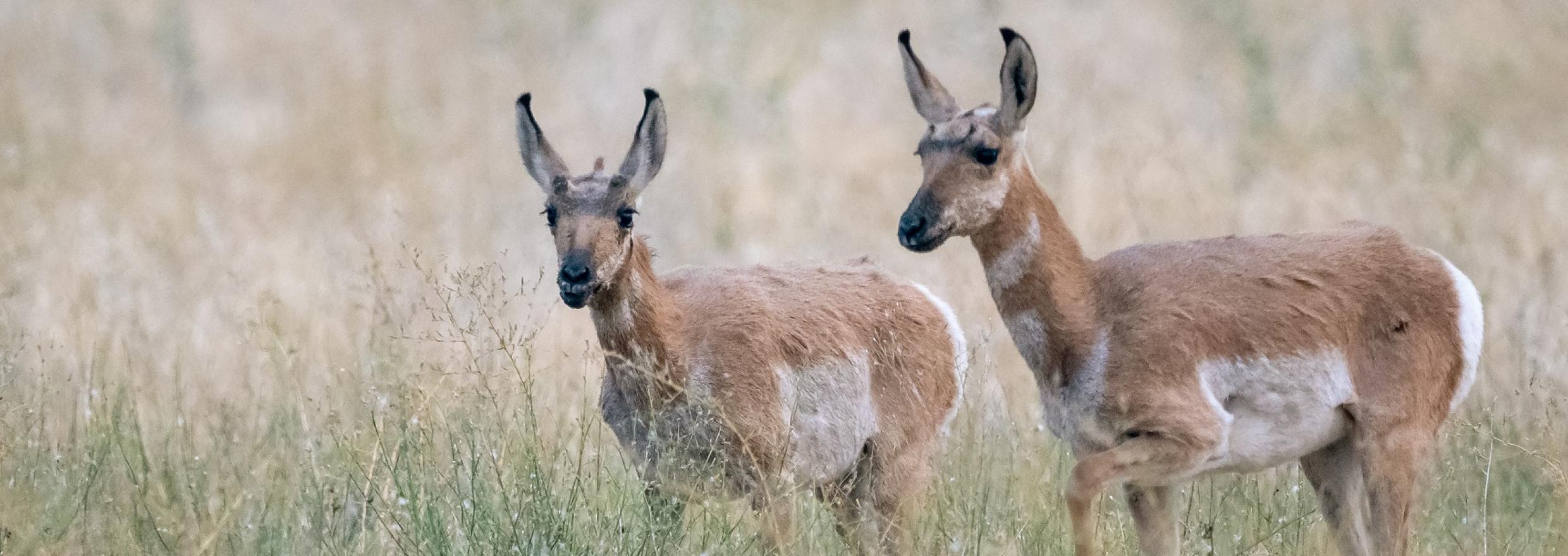
History
Honoring our past, present & future
The legacy of the land that we all enjoy today has been embraced by residents and visitors of southern Colorado for millennia. Many have come before us, and many more will follow. We believe it is important to understand the history of the land over the years in order to appreciate the treasured landscape we have today.
Legacy of the land
Indigenous Tribes of the Pikes Peak Region
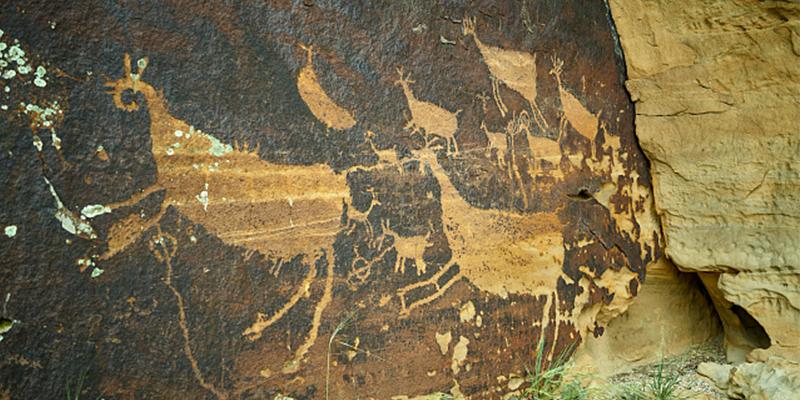
10,000 BCE
Early Residents
Paleo-Indian people hunted and lived in the shadow of the mighty Pikes Peak mountain towns of thousands of years ago. Evidence of their lives—tools, etchings, and fire pits—are left in the places we recognize and aim to conserve as iconic parks and open spaces.
Photo courtesy of The Library of Congress
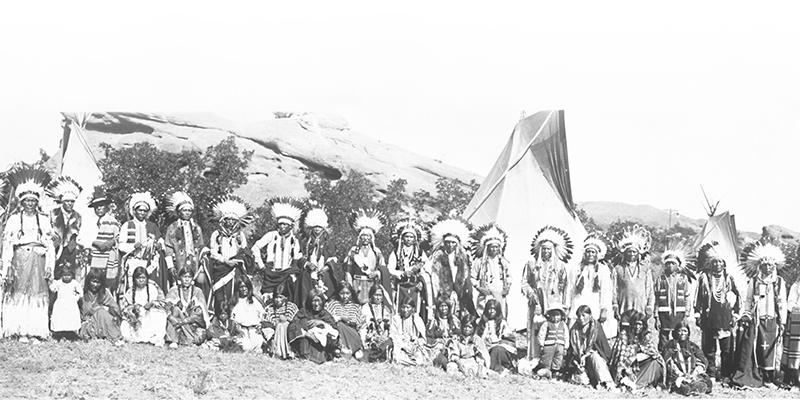
YEAR
People of the Sun Mountain
Before it was America’s Mountain, Pikes Peak stood at the center of the Tabeguache band of the Nuche—known to most today as the Ute tribe. The red-dirt parks of Garden of the Gods and Red Rock Canyon Open Space, the dense woods of Black Forest, and the bubbling waters of Manitou Springs were their home.
Photo courtesy of Denver Public Library
European Settlement
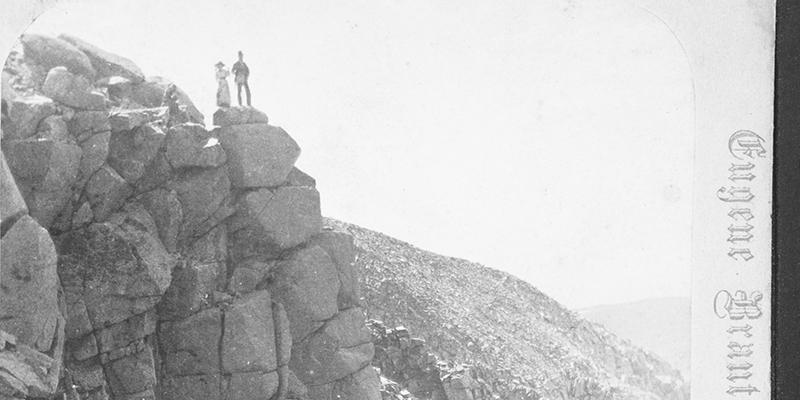
1806
Pikes Peak
Zebulon Pike first tried and failed to summit what would become known as Pikes Peak in 1806. In the years that followed, the attractions of gold, silver, and land would lure many more White Europeans to the Pikes Peak region.
Photo courtesy of The Library of Congress
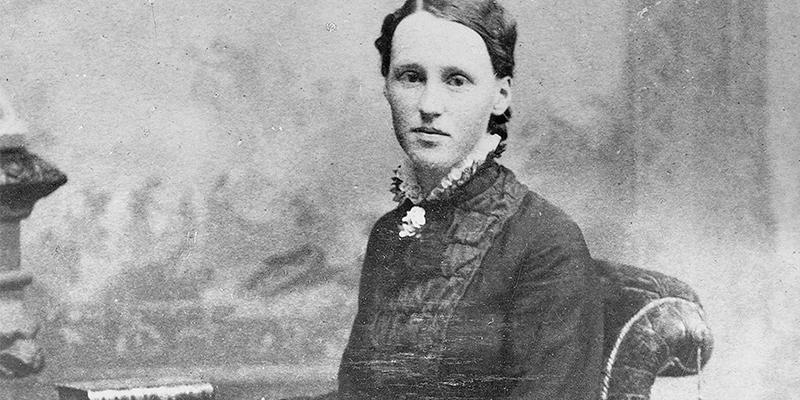
1858
First Woman to Summit Pikes Peak
Julia and James Holmes traveled to Colorado in 1858 with a group of gold miners. When the party arrived at the foot of Pikes Peak, the Holmeses decided to attempt to climb the mountain. They reached the summit on August 5, 1858, making Julia Holmes the first woman to have climbed Pikes Peak.
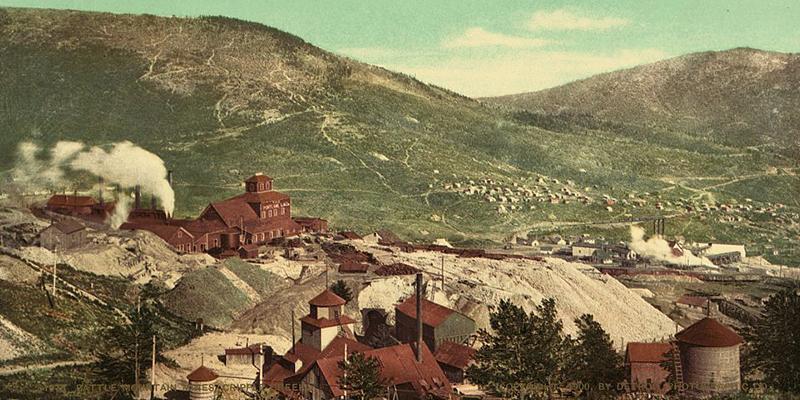
1862
Gold Rush + Homestead Act
The European movement west snowballed in the mid-1800s with the frenzy of the Colorado Gold Rush and the Homestead Act of 1862, which gave 160 acres to eligible settlers. This alone resulted in ten percent of the total land area of the United States transitioning to predominantly White private ownership.
Photo courtesy of The Library of Congress
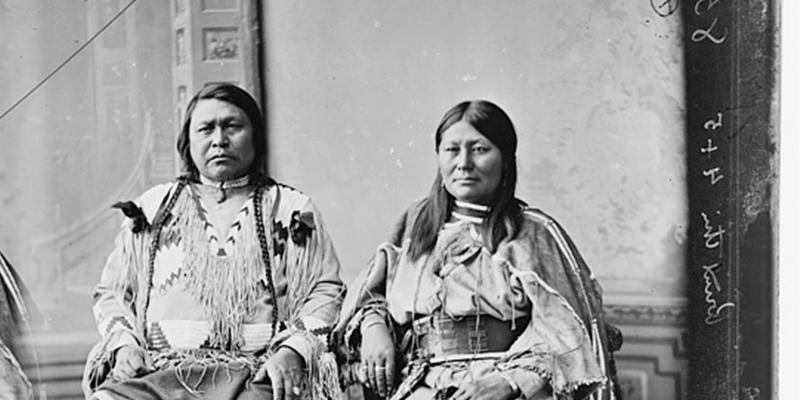
1868
Removal of the Tabeguache
In an 1868 treaty, the Tabeguache were forcibly removed from their lands and sent to a reservation on the western slope of Colorado.
Photo courtesy of The Library of Congress
William J. Palmer & the Founding of Colorado Springs
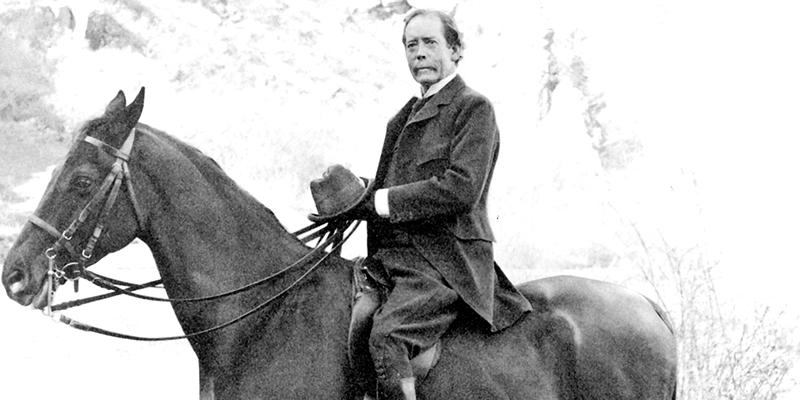
1871
City of Colorado Springs
The demand for western transportation brought railroad entrepreneur William J. Palmer, a quaker and passionate abolitionist, to Colorado. In July of 1871, he and his business partner Dr. William Abraham Bell founded the City of Colorado Springs.
Photo courtesy of Colorado Springs Pioneers Museum
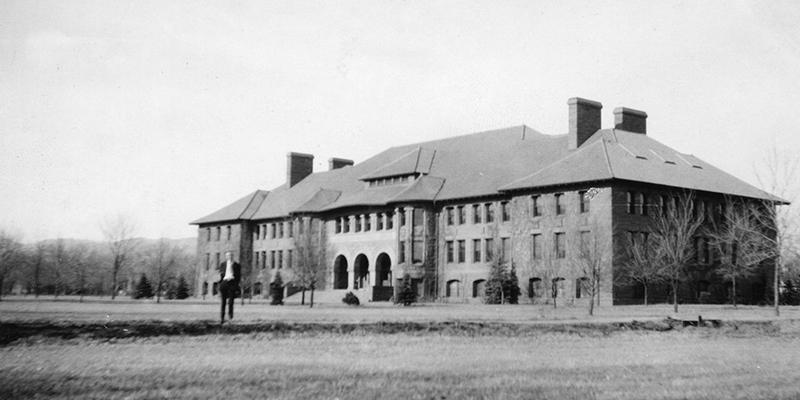
1871-1909
William J. Palmer's Legacy
William J. Palmer founded many notable institutions in the area, from the City of Manitou Springs, to the Colorado Springs Gazette, to Colorado College (Palmer Hall pictured above). True to form, he remained a lifelong advocate for equality, working to protect the 15th amendment—ensuring that segregation did not occur in Colorado Springs, as it had in other cities—and also involving the Ute Tribe in community events.
Photo courtesy of Pikes Peak Library District
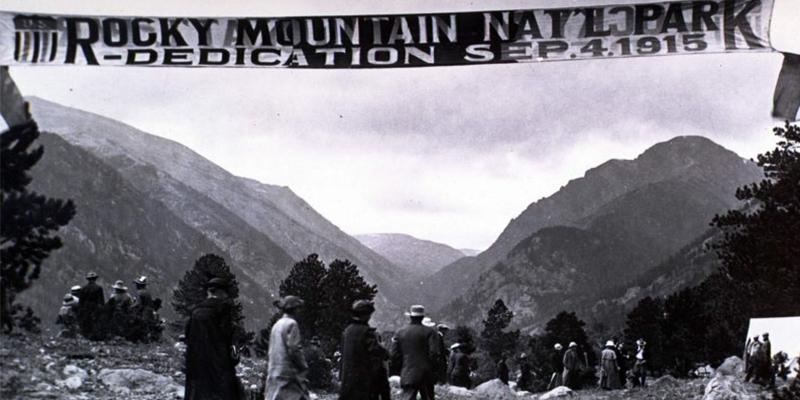
1900s
A National Priority
Conservation of our great outdoors becomes a national priority with the establishment of many federal organizations such as the National Park Service, U.S. Forest Service, and Bureau of Land Management.
Photo courtesy of the National Park Service
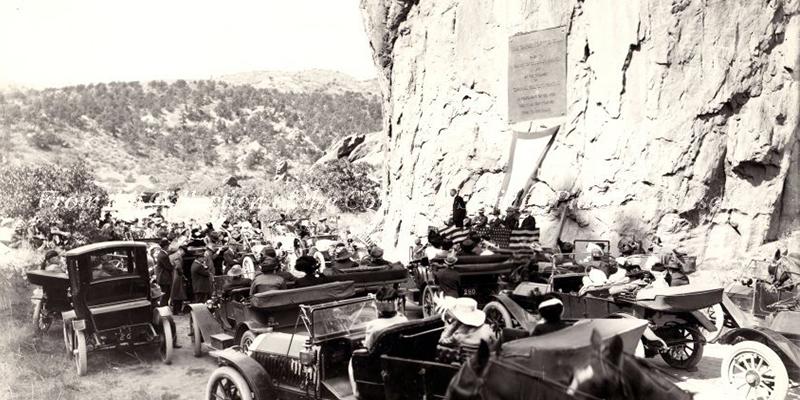
1909
Garden of the Gods Established
The Perkin's family donates the original 460-acres to the City of Colorado Springs. Later, city acquisitions brought the park to 1,367 acres.
Photo courtesy of Colorado Springs Pioneers Museum
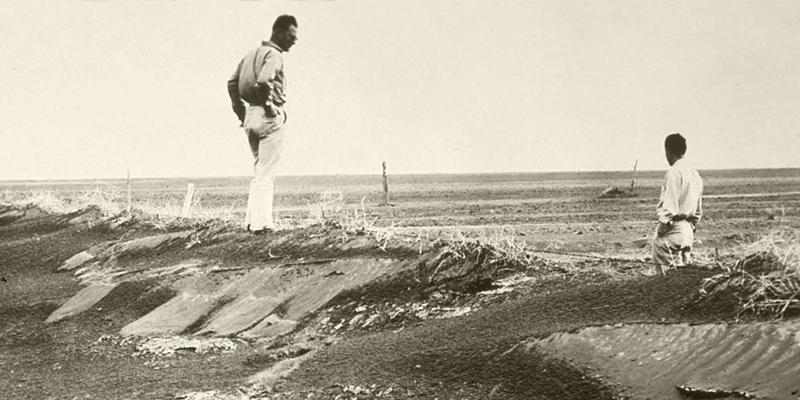
1930s
The Great Dust Bowl
Drought and dust storms sweep the Great Plains and eastern Colorado transforming the once fertile land into a dusty, barren landscape. Colorado’s “black blizzards” were intense, lasted for days, and returned nearly every year during the “dirty thirties.”
Photo courtesy of The Library of Congress
Palmer Land Conservancy
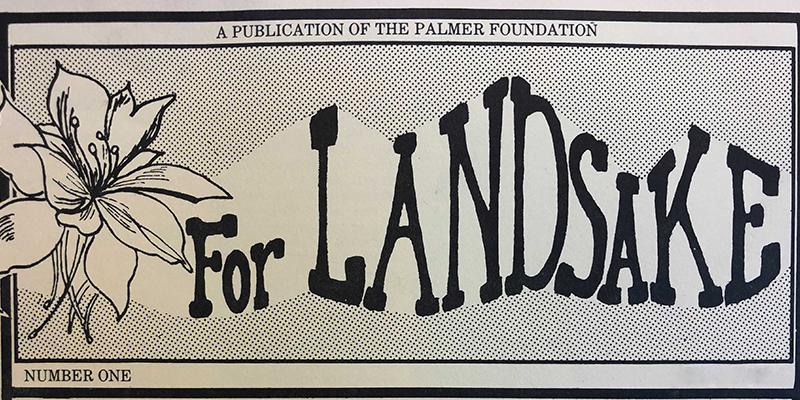
1977
William J. Palmer Parks Foundation
The volunteer-led foundation was established, the first iteration of the conservancy, helping the City of Colorado Springs’ Parks and Recreation Department to identify and acquire new public parks and open spaces. Soon thereafter, the Foundation became a standalone organization and went on to serve the greater Pikes Peak region.
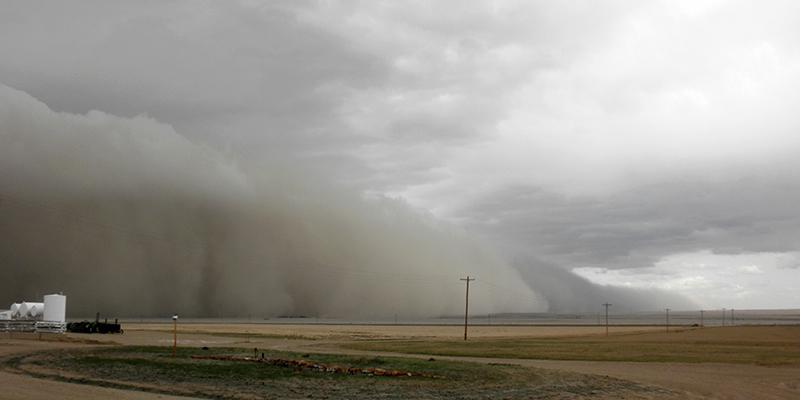
1970s-1980s
Buy and Dry of Crowley County
By the late 1980s, the consumptive use of significant agricultural water rights for more than 80,000 acre-feet that irrigated nearly 60,000 acres of farmland, were sold and transferred to municipal use. Today, only 1,500 to 3,500 acres of irrigated farmland remains in Crowley County.
Photo courtesy of Jane Stulp
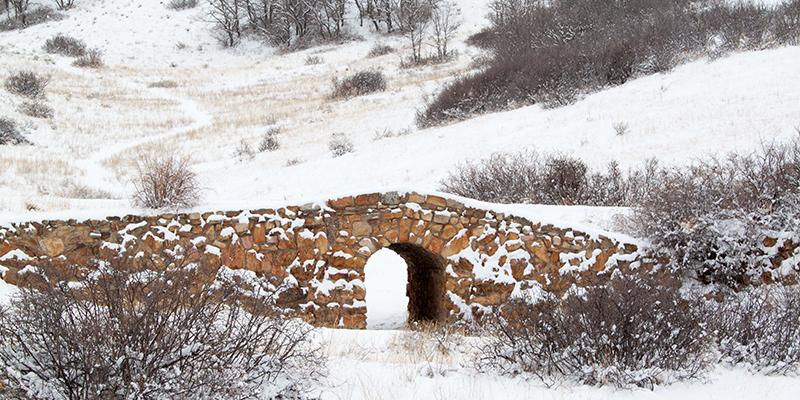
1980s
Protecting the Backdrop of the Garden of the Gods
A significant era of conservation in the region, the Conservancy (still acting as the William J. Palmer Parks Foundation) began assisting with the protection of the Garden of the Gods. Blair Bridge, now Blair Bridge Open Space, north of Garden of the Gods, was donated by Mr. Hill to the City of Colorado Springs, with significant support from the Conservancy. This kicked off an era of significant conservation to protect the backdrop of the Garden.
Photo courtesy of D. Dethlefsen
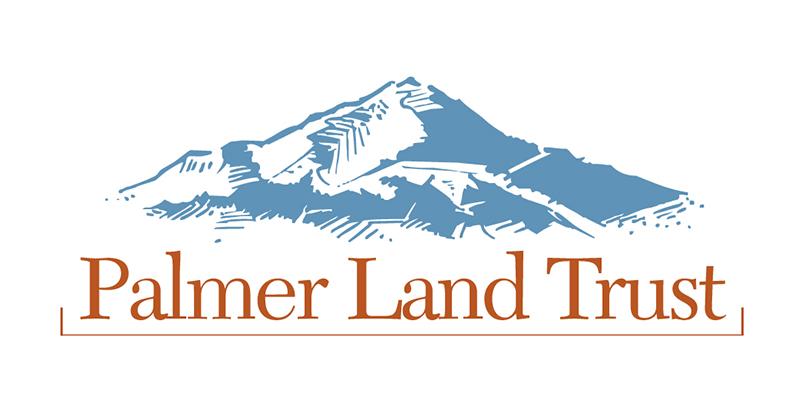
2000
Palmer Land Trust
To honor the evolution and the conservation vision and success of the organization, William J. Palmer Parks Foundation changes its name to Palmer Land Trust.
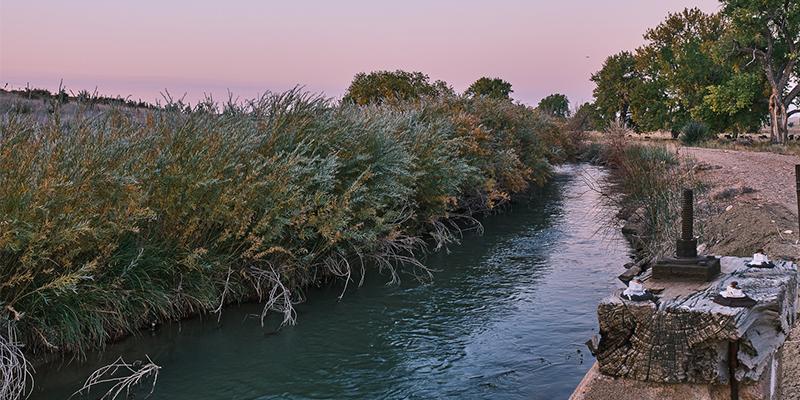
2014
Palmer Launches a Historic Western Water Initiative
In the face of drought, climate change, and the rapid loss of farmland due to the transfer of water from agriculture use to municipal use, Palmer initiates a historic western water initiative in the lower Arkansas Valley and Pueblo county.
Photo courtesy of Russ Schnitzer
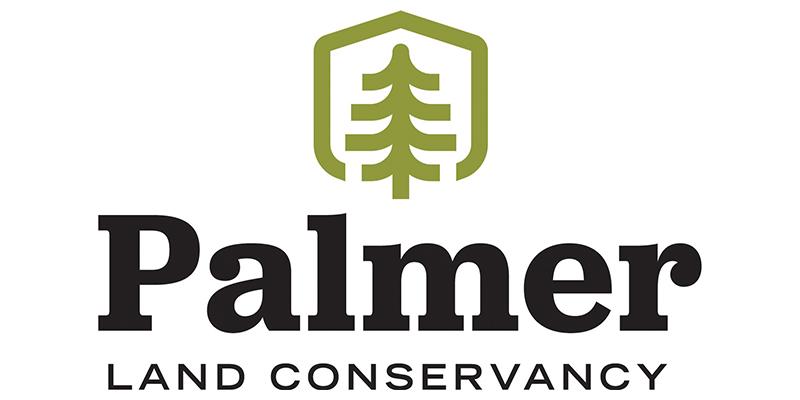
2020
Palmer Land Conservancy
More than a land trust, Palmer Land Trust became Palmer Land Conservancy to reflect the evolving and innovative nature of the organization as it positions itself for the next generation of land conservation.
DIG INTO THE HISTORY
Sign up for our newsletter and download our free field guide which includes the history of the land of the Pikes Peak region.
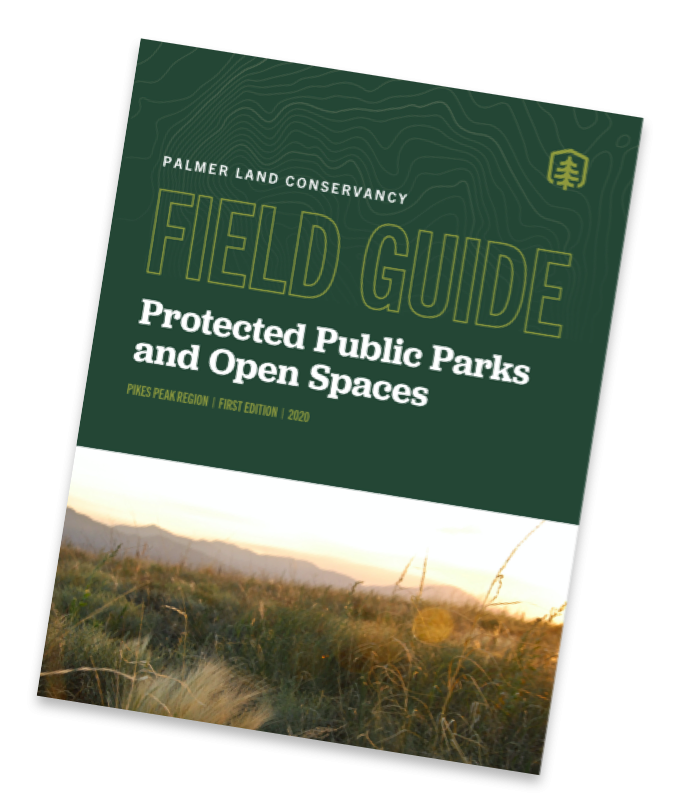
The future of conservation
The land doesn't protect itself. It needs a community of courageous land lovers like you to help conserve it forever.